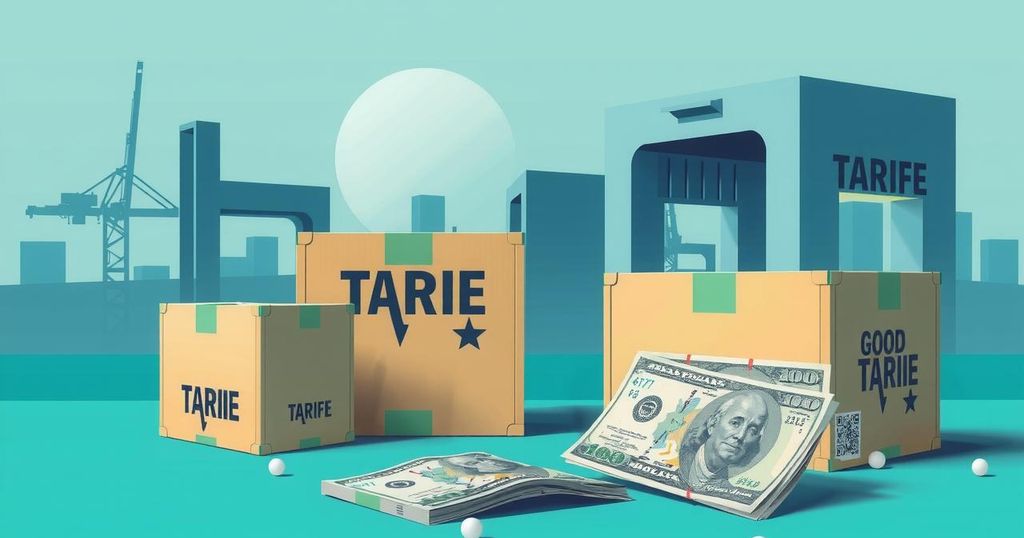U.S. Imposes 37% Tariff on Bangladeshi Goods, Doubling Previous Rate

U.S. President Donald Trump announced a 37 percent tariff on Bangladeshi goods, doubling the previous 15 percent rate. This decision is part of a broader set of tariffs on over 100 countries and poses a significant threat to Bangladesh’s garment industry, which heavily relies on exports to the U.S.
On April 3, 2025, U.S. President Donald Trump unveiled a new series of tariffs affecting over 100 countries, imposing a substantial 37 percent tariff on goods imported from Bangladesh. This marks a significant increase from the previous average tariff rate of 15 percent, doubling the cost of entry for Bangladeshi products into the U.S. market. The United States remains the largest consumer of Bangladeshi readymade garments, with approximately $8.4 billion in goods exported in 2024, predominantly garments valued at $7.34 billion.
The implementation of these tariffs poses a severe challenge to Bangladesh’s crucial garment industry, which relies heavily on U.S. sales. During a press conference held shortly after 2 AM Bangladesh time, President Trump proclaimed the announcement as the U.S. “Economic Liberation Day,” asserting it was a long-awaited development. The list provided by the White House also highlights that Bangladesh imposes tariffs as high as 74 percent on U.S. products, prompting the United States to respond with a lowered supplementary tariff on Bangladeshi goods entering its market.
In summary, the United States’ decision to impose a 37 percent tariff on Bangladeshi goods significantly impacts the country’s vital garment sector. This change, positioned by President Trump as part of broader economic reforms, could adversely affect an industry that constitutes a major portion of Bangladesh’s exports to the U.S. market. The implications remain to be fully understood, particularly concerning trade relations between the two nations.
Original Source: bdnews24.com








